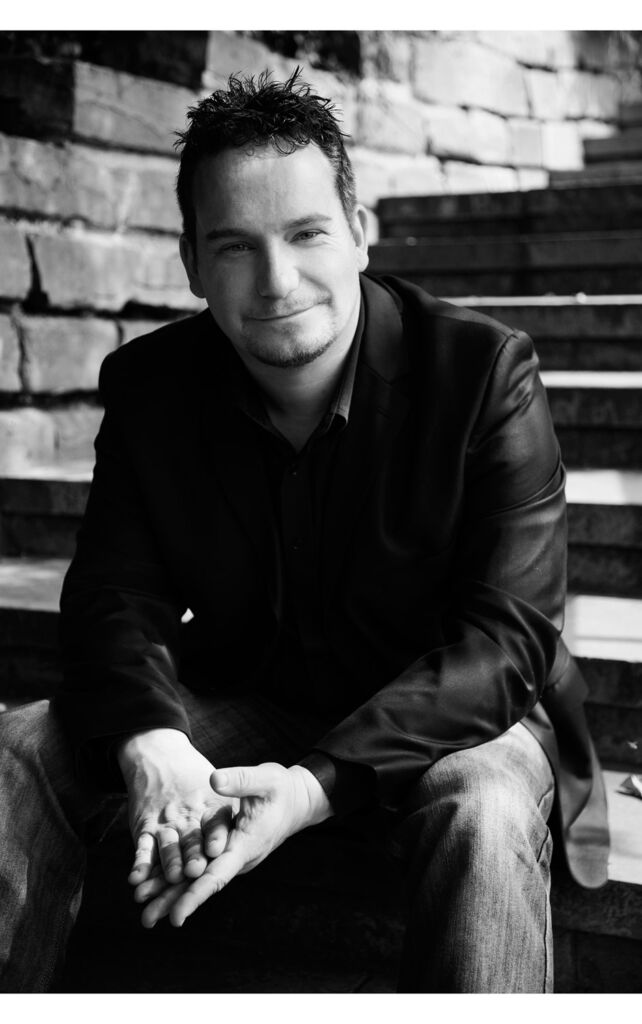
If you have a phobia, you are not alone. It is estimated that between 400 and 800 million people globally may suffer from a specific phobia. For this guest feature, leading Harley Street phobia expert and author Christopher Paul Jones explains the causes and how to overcome the fear.
In the UK alone, approximately 10 million people suffer from some sort of phobia – that’s around one in every seven people, and it’s not just fear of flying or spiders. People can develop phobias about all kinds of things, including masks, cats and baked beans.
Whatever the phobia, there are four likely causes:
Vicarious Learning: Witnessing others’ fear (especially a parent) can lead to someone developing a phobia, too, underscoring social learning’s role. For example, if someone close to you is uneasy about flying, you may start to become wary, too.
Evolutionary Perspective: Historical contexts reveal that our ancestors avoided high places to prevent accidents, suggesting that fear of heights could be rooted in our evolutionary survival instincts. And ancestral fears of predators like wolves may be behind many people’s phobia about dogs. Although domesticated dogs pose much lesser threats, this primal fear can persist.

Cultural Attitudes: The prevalence of arachnophobia (fear of spiders) does not significantly increase in regions with dangerous spiders, such as Australia. This suggests that cultural factors, such as media portrayal and social attitudes towards spiders, may play a larger role in maintaining this fear than actual risk.
In some cultures, spiders are associated with spirituality and are less feared, indicating the influence of cultural context on phobias.
Traumatic Experiences: Past negative experiences are often found at the core of many phobias. Being trapped in a confined space may result in claustrophobia, or having a panic attack in a public place may cause agoraphobia. A fear of flying may develop after experiencing severe turbulence or an emergency landing.
Fortunately, most phobias can be addressed and, in most cases, removed completely. Here is a brief look at a seven-stage process I call the Integrated Change System.

1. Recognise what you’re really afraid of
Identifying not just the surface-level fear (dogs, spiders, flying) but also the deeper fears it represents is crucial. Is it a fear of harm, a loss of control, a past traumatic event or something else?
2. Relax the conscious mind
Achieving a state of relaxation allows us to work with fears more effectively. The “4-7-8 Breathing Technique” involves inhaling quietly through the nose for four seconds, holding the breath for seven seconds, and exhaling forcefully through the mouth for eight seconds. Repeated three to four times, this acts as a natural tranquiliser for the nervous system.
3. Reward for your fear
Phobias can serve hidden purposes – a secondary gain. One way to find this is to ask:
“Does this fear keep me safe from situations I perceive as dangerous?”
“Do I receive comfort or attention because of this fear?”
“What might I lose if this fear were to disappear now?”
4. Recipe
Everything we do, including phobias, operates according to a subconscious ‘recipe’ – a combination of thoughts, behaviours, and feelings that reinforce, in this case, the fear. Clarity about our recipe for fear makes it easier to change it. A highly effective technique involves changing the internal representation of the fear.

Imagine the thing that triggers your phobia (e.g., a snake or a clown). In your mind’s eye, shrink that image, make it lose its colour, and let it play backwards like a film reel running in reverse. This process helps diminish the image’s emotional impact.
5. Release the past
Finding the first event and changing the mind’s link to fear can have an effect on how somebody will feel about that fear in the future.
One way to release the past is through tapping. Begin by clearly identifying the fear or specific event related to your phobia and holding this memory in your mind.
Start by tapping on the outer edge of your hand with the fingertips of the other hand. As you tap, verbalise your fear and your acceptance of yourself despite this fear.
Proceed to tap lightly but firmly on a sequence of points: the eyebrow, side of the eye, under the eye, under the nose, the chin, the collarbone, under the arm, and top of the head. Tapping each point about seven times, briefly state your fear to maintain focus on the issue.

After a few rounds of tapping, begin to introduce a positive reframing of your fear. For example, “I am open to feeling safe around dentists.”
6. Recondition your emotions
Our responses to any fear-inducing stimuli are learned behaviours. These can be unlearned or modified with an exercise known as Emotional Anchoring. Decide on the positive feeling you want instead of fear, and select a memory where you felt this positive emotion strongly.
While immersed in this memory, make a simple physical gesture, like pressing your thumb and forefinger together. Repeat with other positive memories. Your chosen physical gesture becomes your anchor – the anchor takes you straight to a positive feeling.
It’s a physical action tied to your positive emotion, creating a new pathway in the brain. Every time you use your anchor and feel that positive emotion, you weaken the old fear response and strengthen the new, positive one.

7. Realise a powerful future
Part of your fears will be “what ifs”. For example, what if a spider jumps at you?
We tackle “what ifs” by Script Flipping. Write down as many “what ifs” as you can, then replace each of them with a positive statement or question. For example, what if the spider quietly and quickly goes about its business?
Take your new statements and questions and visualise them, pairing them with affirmations that reinforce your new narrative – perhaps “I am capable of feeling calm and in control around spiders.”
 After following these steps and repeating them as needed, you may find that your phobia lessens. My new book, Face Your Fears, provides more detailed processes for dealing with phobias.
After following these steps and repeating them as needed, you may find that your phobia lessens. My new book, Face Your Fears, provides more detailed processes for dealing with phobias.
About the Author
Christopher Paul Jones is a leading Harley Street phobia expert. Having overcome his own phobias, Christopher’s culmination of over 20 years of research across Europe, North America and Asia is an integrated approach combining mainstream psychology with cutting-edge techniques: The Integrated Change System™.
The system aims to change the mind’s danger response and leave people free and happy to enjoy things they once found terrifying.
A fear, anxiety or phobia can be cured in as little as a session. Christopher’s clients come from all over the world and include Hollywood actors and Oscar nominees, models, musicians, presenters and celebrities. For more information, visit www.christopherpauljones.com.
![]()




You must be logged in to post a comment.